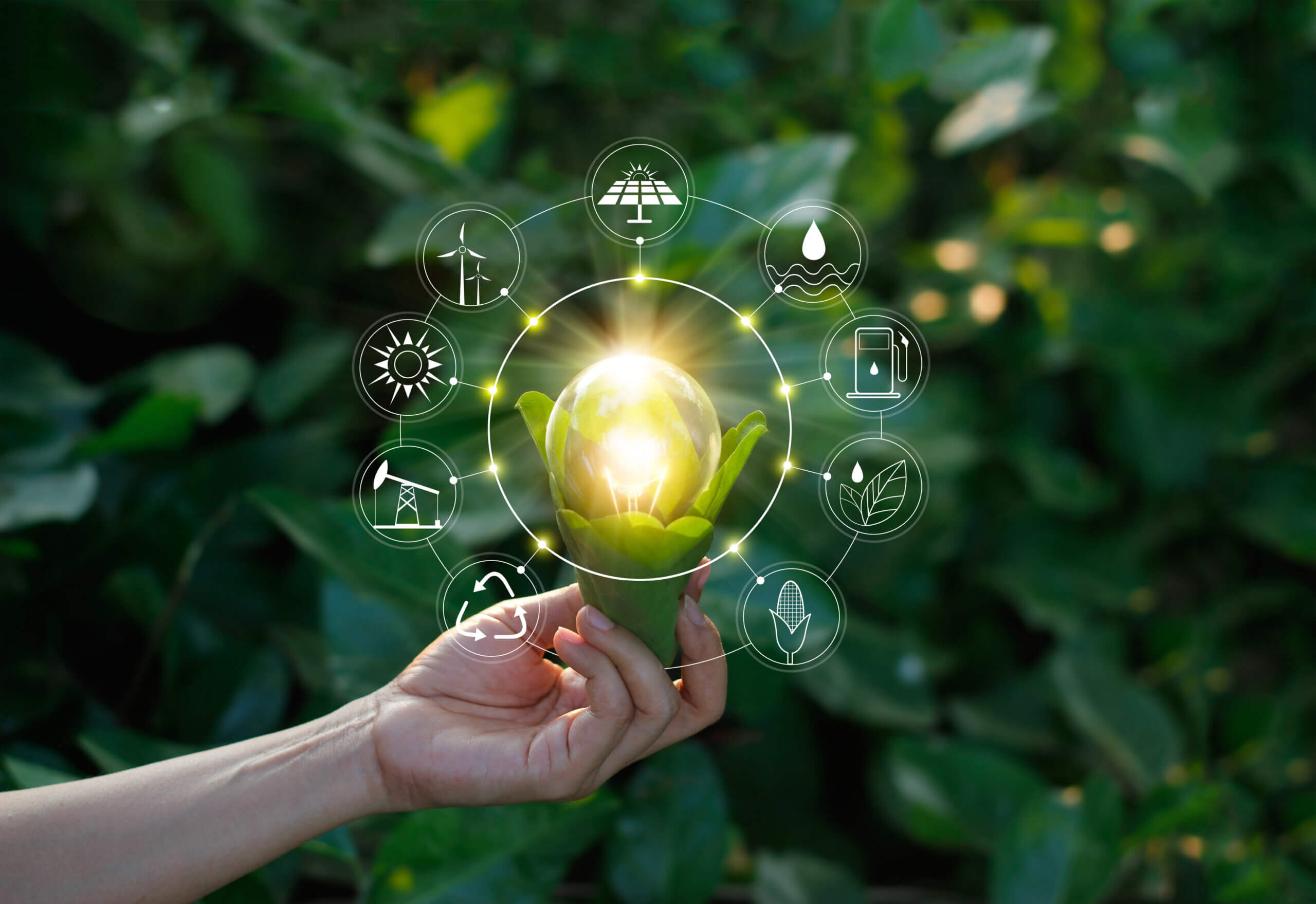remained at the top of many countries’ agendas. With COP26 promoting further global cooperation, an increasing number of businesses are looking to consider where they can make more fundamental changes to create a sustainable environment.
According to statistics revealed in early 2021, just twenty companies are responsible for producing more than half of all the single-use plastic waste in the world. It is therefore clear that all businesses must contribute if we are to achieve our global targets. With this in mind, we would like to share five top tips for creating a more sustainable office in 2022, according to experts:
1. Make conscious product choices
Every year, an estimated eight million tonnes of plastic enters the ocean. Some of the most common waste found in the ocean includes plastic bottles, caps, and fishing gear, which can break down into harmful microplastics. When thinking about supplies for your office, you can eliminate single-use plastics by opting for reusable or compostable alternatives for employees to use.
When it comes to outfitting your space, you can also reduce the impact of products by sourcing safe, durable, high-quality goods. The longer they last, the less impact they have over time.
To understand the impact of a product at a granular level, lifecycle assessments are an important tool. This measures impact through the raw materials used, the impact during production, and how the product is used at end of life. From these assessments, businesses can get a clear measurement of carbon, water, and a range of other impact metrics about the products.
2. Choose the right suppliers
Sustainability measures are increasingly becoming the top requirements for new office fit-outs. That’s why it’s important for the manufacturers, suppliers, and other partners to all work towards common goals of reducing our environmental impact.
Businesses must look at their supply chain and partnerships purposefully, working with organizations that share their values and vision. For example, some larger organizations are now part of initiatives such as the NextWave Plastics consortium, which aims to keep plastic in our economy and out of the ocean, and has committed to preventing 25,000 tonnes of plastic waste from entering the oceans by 2025 across countries most impacted by plastic pollution.

3. Think Circular
The Circular Economy is a move from traditional ‘take, make, waste’ models of production to a system that keeps resources in use as long as possible. This encompasses how products are designed and made, as well as business models that include sharing, leasing, repair, refurbishment, and recycling. Finding new life for new materials is a good example of circularity. For example, the Aeron Onyx chair is made from ocean-bound plastic.
Some companies are also implementing sustainability schemes, such as prompting employees to stop bringing disposable lunch containers to work, or ‘take back’ schemes, whereby products can be returned to suppliers when a business no longer has any use for them, ensuring they are reused or recycled correctly.
4. Include your employees
Employees who understand the impact of their choices are more likely to take actions to reduce their own environmental footprint both within the workplace and at home. Gather feedback, develop sustainability champions and offer leadership. Make sure everyone understands your sustainability goals and the larger impact that this will have on the planet.
Helping employees understand how to recycle materials is a simple but crucial step to becoming more sustainable. Recycling bins should be spread throughout the office and marked clearly so they can be used correctly. Promoting a paperless office is also easy but effective.
Another simple step to becoming more sustainable is to conserve energy within the office. Turning off lights and equipment outside of work hours will not only save energy, but it will also be more economical for your business. This could also be extended into work hours, ensuring meeting room lights are switched off when they aren’t in use.
5. Set transparent, measurable targets
Setting targets is imperative to give the business a clear direction. While it is easy from a carbon or electricity usage perspective to quantify the impact on the business and therefore set clear targets, with decisions like choosing sustainable products, it is more difficult to quantify exactly how much of an impact it has on a business.
The best way to set these kinds of targets is to monitor the impact they have on winning business partnerships and client retention. Over time, it will become clearer how sustainability initiatives improve potential client and partnership perceptions, resulting in winning more business and therefore better business performance.
Is your business implementing changes towards a more sustainable model? Share your experiences in the comments below.

Just desire to say your article is as astonishing. The clearness in your post is simply great and i can assume you are an expert on this subject. Well with your permission let me to grab your RSS feed to keep updated with forthcoming post. Thanks a million and please continue the gratifying work.
I have been reading out some of your articles and i can state nice stuff. I will definitely bookmark your website.
Hey! I could have sworn I’ve been to this site before but after browsing through some of the post I realized it’s new to me. Anyways, I’m definitely delighted I found it and I’ll be book-marking and checking back frequently!